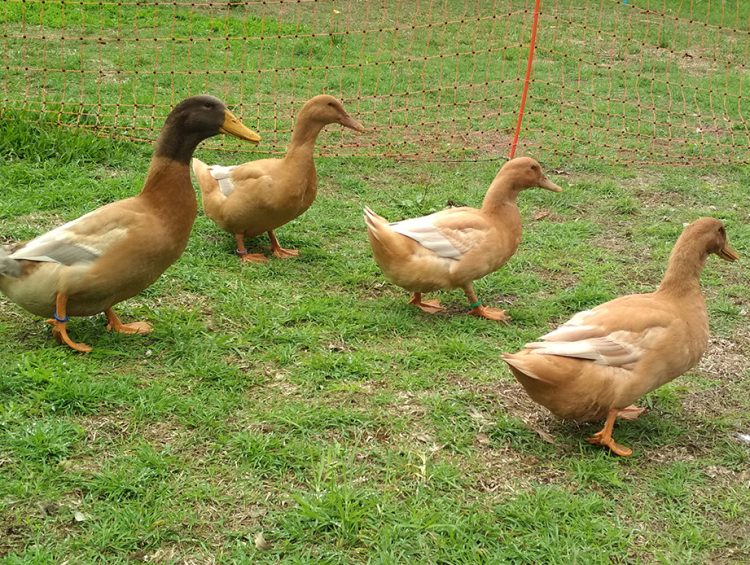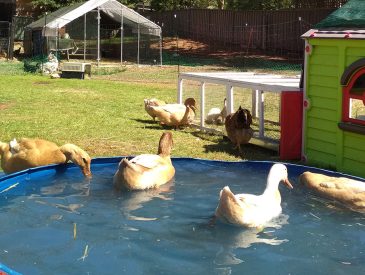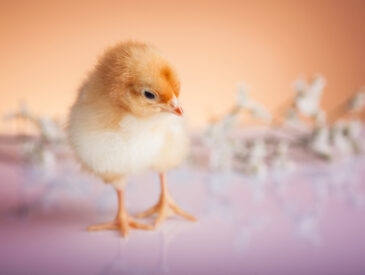| Status: | Threatened |
| Life Expectancy: | 8-12 Years |
| Eggs: | Large & White. Buff ducks lay 160 to 200+ eggs a year. |
| Origin: | Orpington, Kent, U.K |
| Weight: | Medium Weight – Drake: 2.2 – 3.4 Kg, Duck: 2.2 – 3.2 Kg. |
| Temperament: | Docile & Active |
| Colours: | Three colour variations : Buff (Standard), Blonde & Brown |

The Buff Orpington is considered a rare and threatened species of domestic duck.
Buff Orprington ducks generally can’t fly. Due to their heavy rump they can only manage to lift their feet off the ground slightly to propel themselves forward. They are also quite awkward when running and do not travel very fast. They are a docile bird and suitable for the garden or holding pen.
Buff ducks are good foragers and are happy free ranging and eating the snails, bugs and flies in your garden. Watching them chase flies is adorable to watch.
Although they like swimming, they will be happy enough as long as they are provided with a small pool to swim and splash around in. (like the kids pools pictured below) They get very excited when you clean and add new water to the pool, but love blowing bubbles in muddy puddles just as much.

History
The Orpington originated from the village of Orpington, Kent and was originally bred by William Cook. It was intended as a dual purpose bird and is a prolific layer and a good table bird. The duck was created by blending the Cayuga, Runner, Aylesbury and Rouen.

Appearance
The Buff duck is a medium-weight duck. It is a long, broad bird with an oval head, medium length bill, and long, gracefully curved neck. The Buff duck’s body carriage is twenty degrees above horizontal, its wings are short and it has a small, well-curled tail. Both the duck and drake have buff plumage, orange-yellow shanks and feet, and brown eyes. The drake’s bill is yellow while the duck’s bill is brown-orange.

The Buff Orpington is an unstable colour due to a blue dilution gene. This means that from the offspring, three colour variations will appear: Buff, Blonde and Brown. Only Buff is recognised as a standard colour when showing.

In the Blonde variation the adults are pale buff, and males have a grey/brown head. However I find it difficult to distinguish the difference between blonde and standard females once mature.
Brown females have light-brown pencilling; males have brown heads and rumps.
As with other buff birds, their plumage does tend to fade in colour when being exposed to sunlight and water.

Duckling Colours
Ducklings can be identified (A.F.M Stephenson 1926) as follows:
1. Buff – Soft olive yellow down.
2. Blonde – Pale yellow down with yellow bill.
3. Brown – Brownish down with dark brown bill and legs.


References:
The Livestock Conservancy
Poultry Keeper







